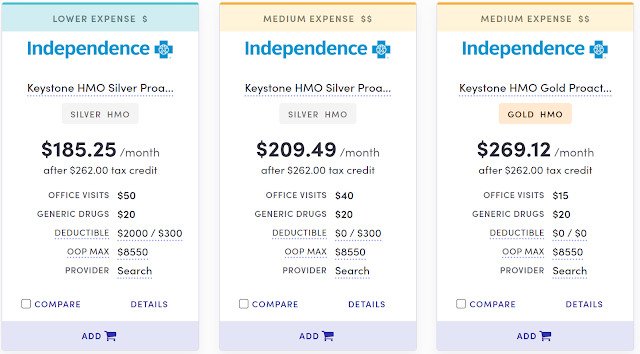Subscribe to xpostfactoid
Snapshots of the health insurance status of the U.S. population are blurry.
When you look at the CMS tally of Medicaid enrollment increase since the pandemic struck, it seems, simply, that the increase swamps most estimates of the number of people that lost employer-sponsored insurance. Other factors are at work, of course. But the one large number is considerably larger than the other large number.
But official Medicaid enrollment totals may not be an entirely reliable measure of how many people are actually covered by Medicaid, and know themselves as such -- particularly during this pandemic, when disenrollments have been paused since March 2020. State Medicaid agencies are, to varying extents, blind beasts.
I know a young man who, during a year of transition, lived in two states and worked at three jobs, with a period of unemployment. At different points in the year he applied for Medicaid in two (blue) states and received rejection notices. From both of those states, months later (and months apart), while insured through a new employer, he was sent managed Medicaid membership cards and informed that he'd be enrolled since shortly after his application was completed. In both states, it took some doing and some time to get himself disenrolled.




